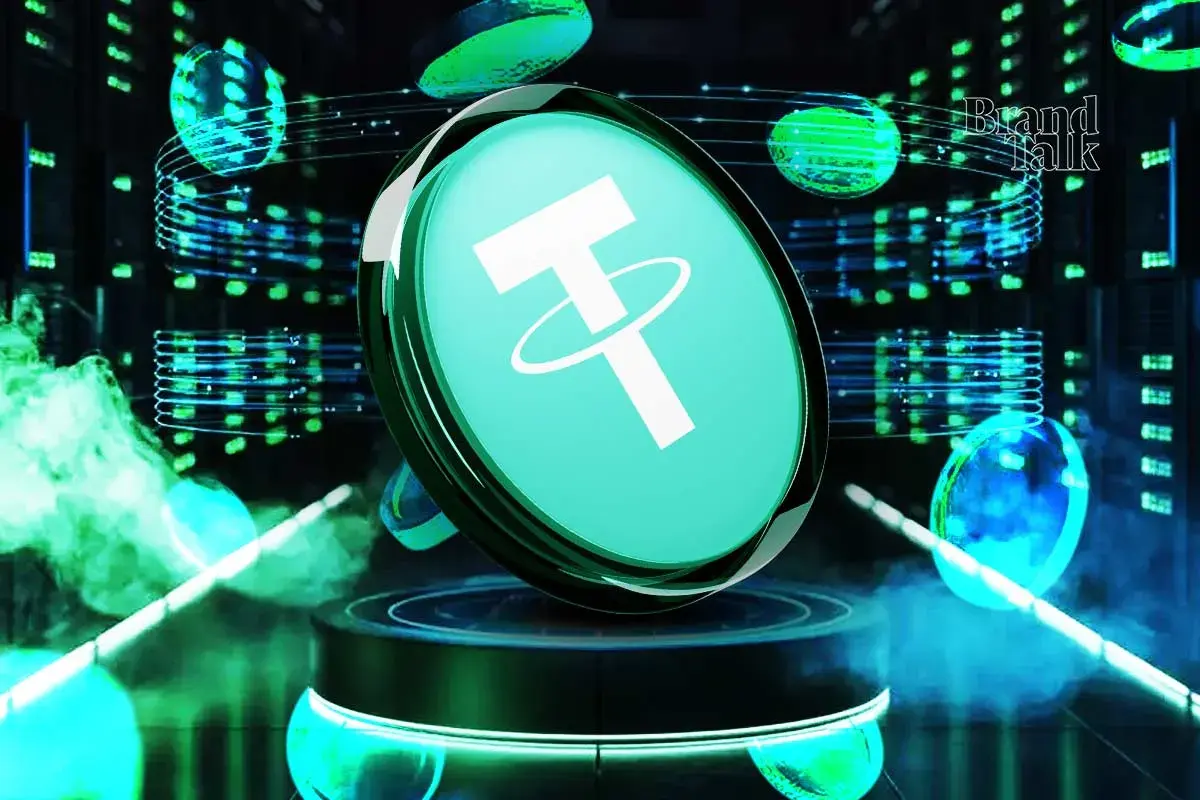USDT and USDC at Risk as BIS Endorses Only Permissioned Stablecoins

Highlights
- The BIS has issued new guidance, restricting the use of stablecoins like USDT issued on permissionless blockchains;
- Crypto industry veterans like Caitlin Long have criticized the BIS decision which favour stablecoins like JPMCoin.
- BlackRock’s Head of Digital Assets recently endorsed public blockchains over private ones.
Stablecoins issued on permissionless blockchains, such as Tether’s USDT and Circle’s USDC, face significant regulatory challenges as the Bank for International Settlements (BIS) has issued new guidance tightening criteria for these stablecoins.
BIS Targets Stablecoins like USDT and others
On Wednesday, July 17, the Basel Committee on Banking Supervision published its final disclosure report for the banks’ crypto-asset exposure. As a result, banks will need to disclose qualitative and quantitative reports on their crypto-related activities and the liquidity requirements to maintain stability.
It has also tightened up the criteria for certain stablecoins that will receive a preferential “Group 1b” regulatory treatment.
The #BaselCommittee has published targeted amendments to its cryptoasset standard to tighten the criteria for certain stablecoins to receive a preferential regulatory treatment. The standard is to be implemented by 1 Jan 2026. More here: https://t.co/EL2aad1YgP pic.twitter.com/0NQkmck8Fw
— Bank for International Settlements (@BIS_org) July 17, 2024
This means that there could be severe restrictions on the functioning of permissionless stablecoins such as Tether’s USDT, Cricle’s USDC, and others. Interestingly, this development comes on the same day when the Hong Kong Monetary Authority released consultation papers on a licensing regime for stablecoin issuers.
Also Read: Altcoins to Sell Hot on the heels of Dwindling Stablecoins Volume
Crypto Industry Veterans Lash Out At BIS
Caitlin Long, CEO of Custodian Bank, expressed her dismay over the recent decision by BIS stating that they have now excluded stablecoins issued on permissionless blockchains from use by banks while favoring permissioned stablecoins instead.
She further commented that the United States is likely to disregard this development, stating, “The US will almost certainly just ignore this. It’s a shame tho–BIS was leading the US on crypto but just went backward.”
At Coinbase’s State of Crypto event last month, BlackRock’s Head of Digital Assets stated that the asset manager now believes public blockchains are superior to private ones.
However, the new guidance from the Bank for International Settlements (BIS) encourages banks to use only permissionless stablecoins, such as JPMorgan’s JPMCoin. Interestingly, banking firm State Street is reportedly planning for a stablecoin launch. This could be another major blow to permissionless stablecoins like USDT.
In a tweet on X, Fox Business reported Eleanor Terret wrote: “I’m told the initial proposal would have included USDC and others in that group but the final guidance changed to exclude all stablecoins issued on permissionless blockchains”.
Also Read: Circle Bags MiCA’s E-Money License For USDC and EURC
- PENGU Rises Despite Crypto Market Downtrend as Pudgy Penguins Appear on Las Vegas Sphere
- Binance Lists First Nation–Backed Stablecoin; CZ Reacts
- U.S. Initial Jobless Claims Fall To 214,000; BTC Price Drops
- BlackRock Deposits Millions in Bitcoin and Ethereum as CryptoQuant Flags Growing Bear Market Risk
- NiceHash Review: Trade HashRate and effectively manage your POW mining facility
- XRP, Bitcoin, Ethereum Price Predictions Ahead of Jan 2026 CLARITY Act and US Crypto Reserve Plans
- Pi Network Analysis: Pi Coin Price Surges on Christmas Eve, Can It Hit Year-End Highs?
- Why Dec 26th Is A Do Or Die for Bitcoin Price Ahead Of Record Options Expiry?
- Why Bitcoin, Ethereum And XRP Prices Are Down Today? (24 Dec)
- XRP Price Prediction: Will 4 Billion Transactions Spark Next Rally?
- Solana Price Outlook: Will SOL Recover With Strong Institutional Buying?

 Claim $500
Claim $500














